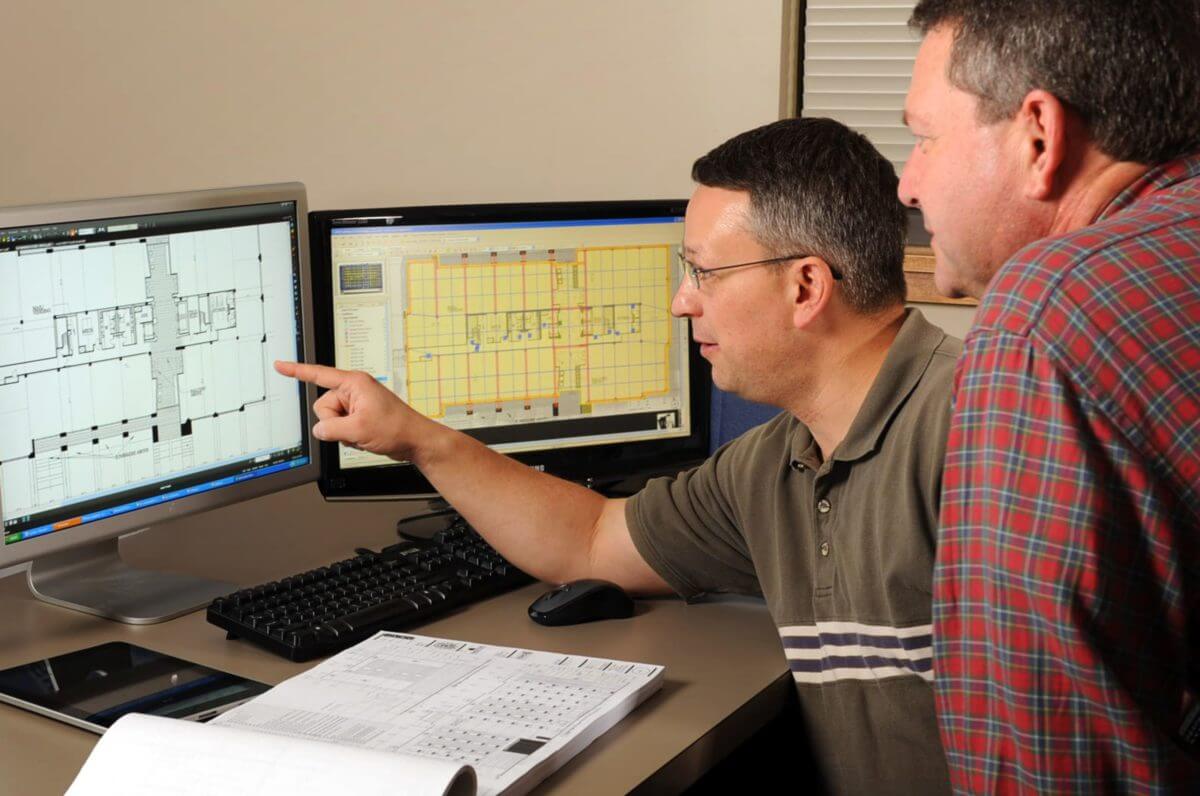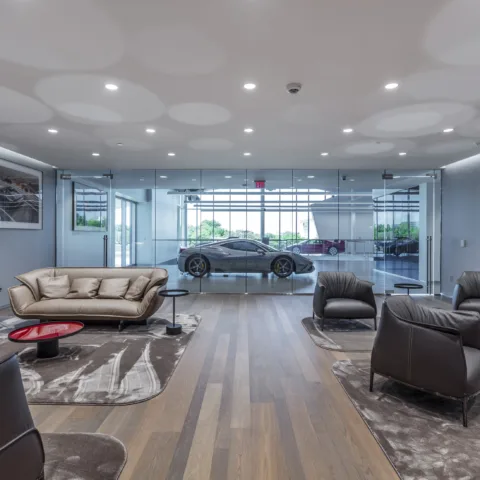If there’s one thing we’ve learned after nearly 90 years of construction experience, it’s that relationships matter. This is especially true of the relationship between an architect and a general contractor. A positive relationship between architect and contractor can help the construction project flow smoothly from start to finish. When contractors and architects work collaboratively and communicate effectively, potential roadblocks can be minimized, and the project can move efficiently from one phase to the next.
Here are three specific factors that can positively or negatively impact the relationship between architects and contractors:
1. A shared clarity and vision
The most successful construction projects occur when both parties understand the goals of the property owner and the logistical concerns that could impact a project. The best way to ensure alignment around a shared vision is to clearly define the project’s goals, barriers, and priorities. Architects should also clearly communicate the vision for the final architectural style of the structure if it is an adaptive reuse project.
2. A commitment to documentation
Another potential breakdown in the relationship between architects and contractors comes when delivering construction documents, drawings, and specifications. The more that architects and contractors understand their specific responsibilities and can agree on the detailing and specificity required in the documentation, the more they can avoid the “back and forth” that often occurs.
At Crain, we approach every relationship by “putting ourselves in the other person’s shoes.” This includes the relationships we develop with architects. In every interaction we have with our architect partners, we try to understand where they are coming from and own our part in helping them do their job.
3. Transparency in communication
Architects and contractors need to trust each other’s work. Without trust, the relationship can quickly turn to an “us vs. them” mentality, often leaving the client stuck in the middle. This is where transparency and proactive communication are critical. For example, architects may be concerned about how a project could be impacted by supply chain constraints and workforce shortages. Contractors can help navigate the rising construction costs by proactively communicating with architects. The more the architects and contractors can openly discuss these issues and proactively address these challenges, the easier it is to factor those implications into their work.
Communication and “doing the right thing” are values that inform the way we approach every construction project. We approach our conversations with architects with candor and honesty.
4. Proactive and consistent collaboration
Architects and contractors both agree that collaboration starting early in the process leads to better outcomes for the client and themselves. This is where pre-construction can help build a solid foundation for a project.
Our pre-construction team at Crain has expertise in working with dozens of architects to proactively address potential issues and maximize the ROI of a project. We are involved in all conversations during pre-construction to listen carefully, understand the design intent, and give our feedback on the project from the beginning. This often enables us to be more accurate with our budget and avoid any foreseeable delays we anticipate during the construction process.
Hire a Contractor Who Knows How to Work With Your Architect
When hiring an architectural firm and general contractor to build your project, there are many factors to consider. Making sure the two teams will work well together is a key component.
If you’re interested in learning more about Crain or our unique process, we’d love to talk. You can also explore our projects page to see the architectural firms we’ve partnered with over the years.



